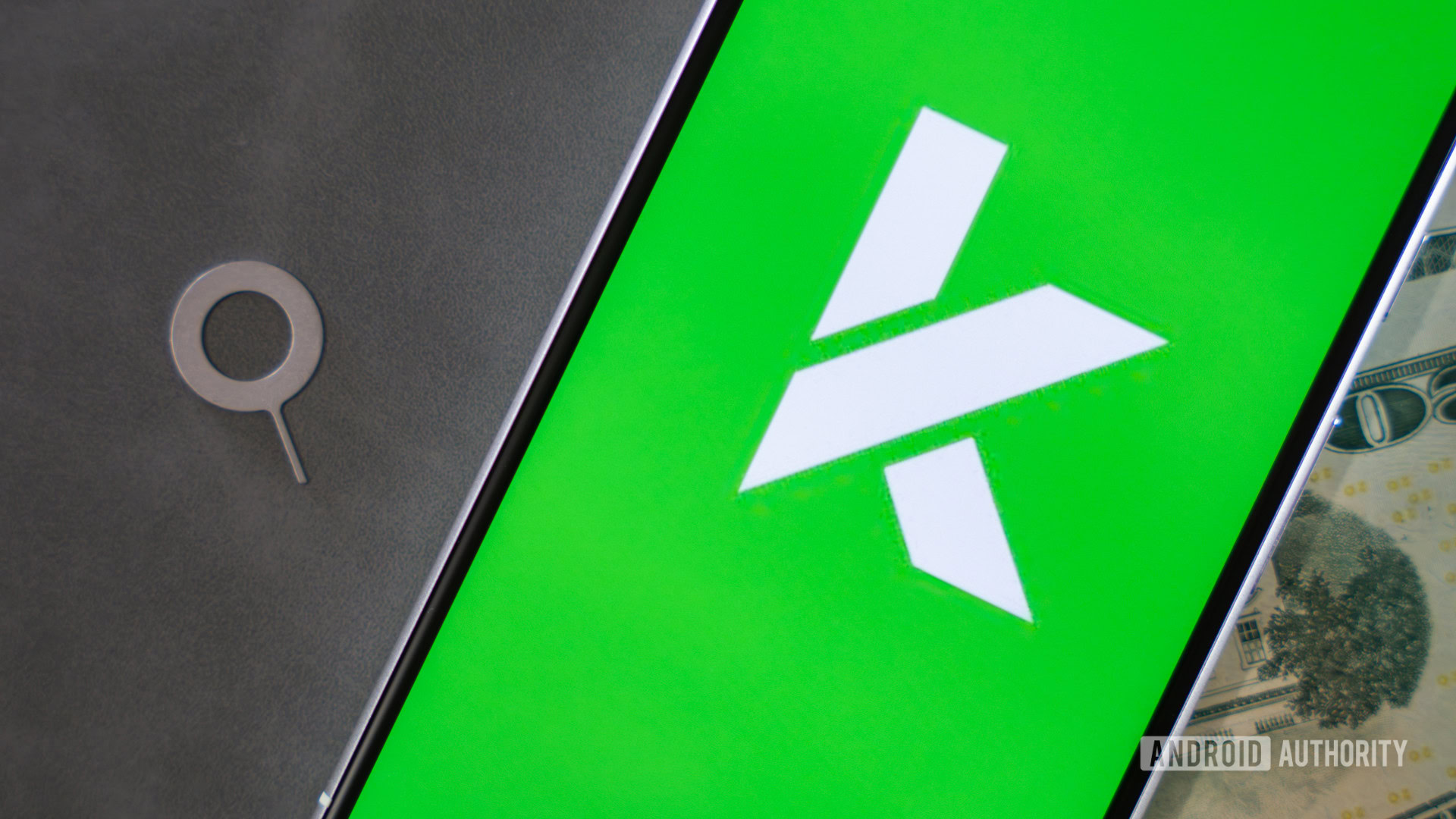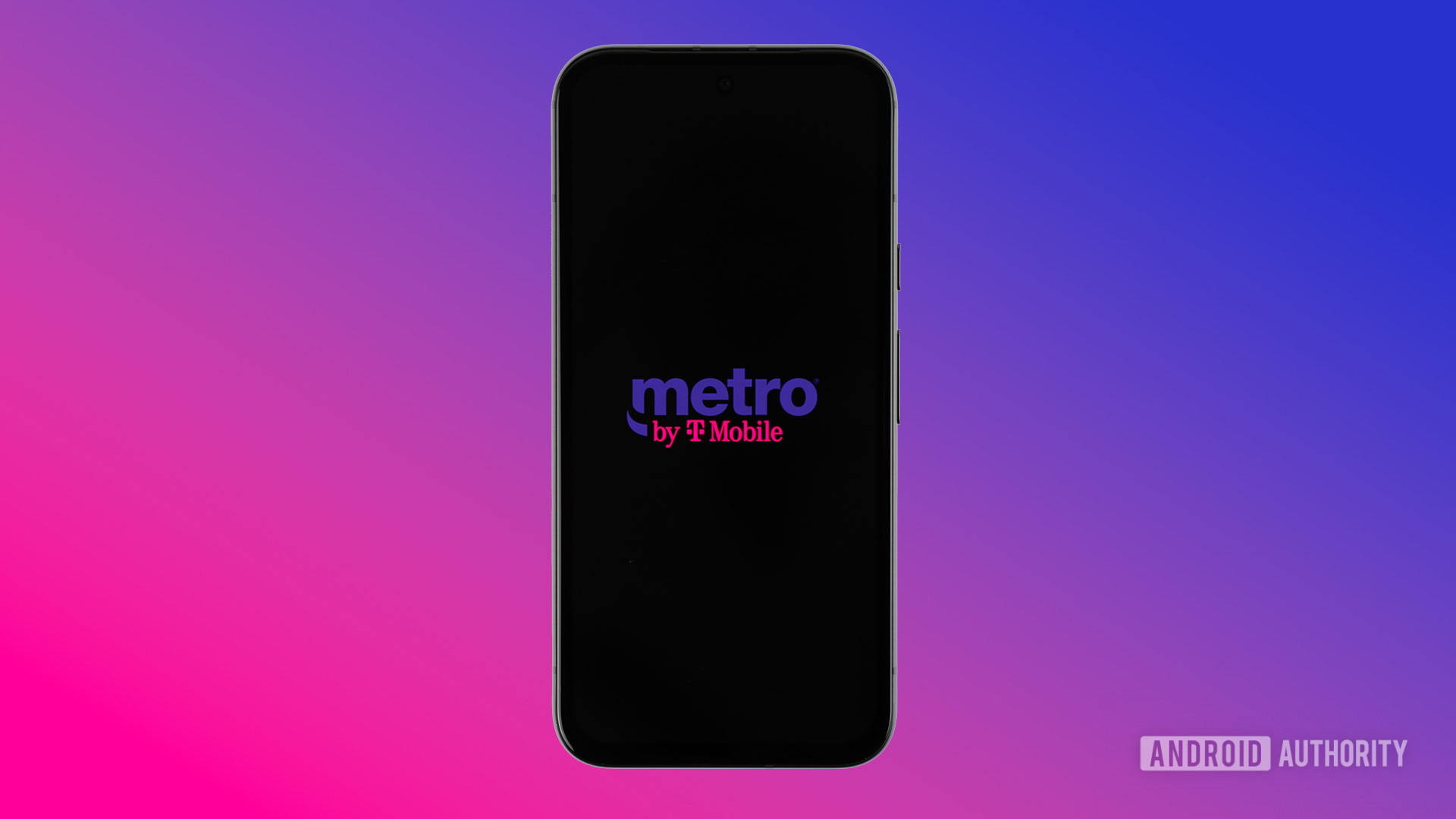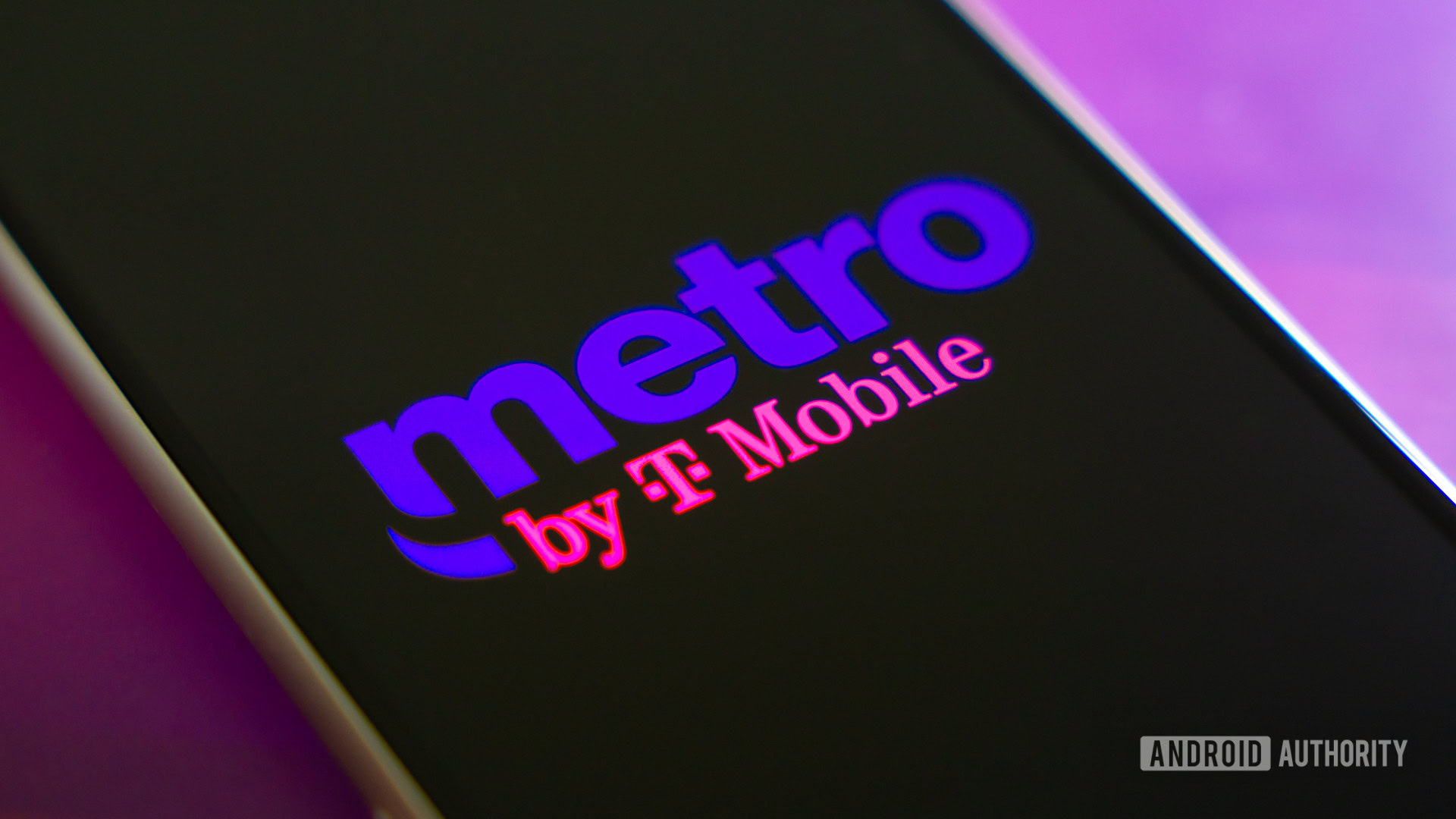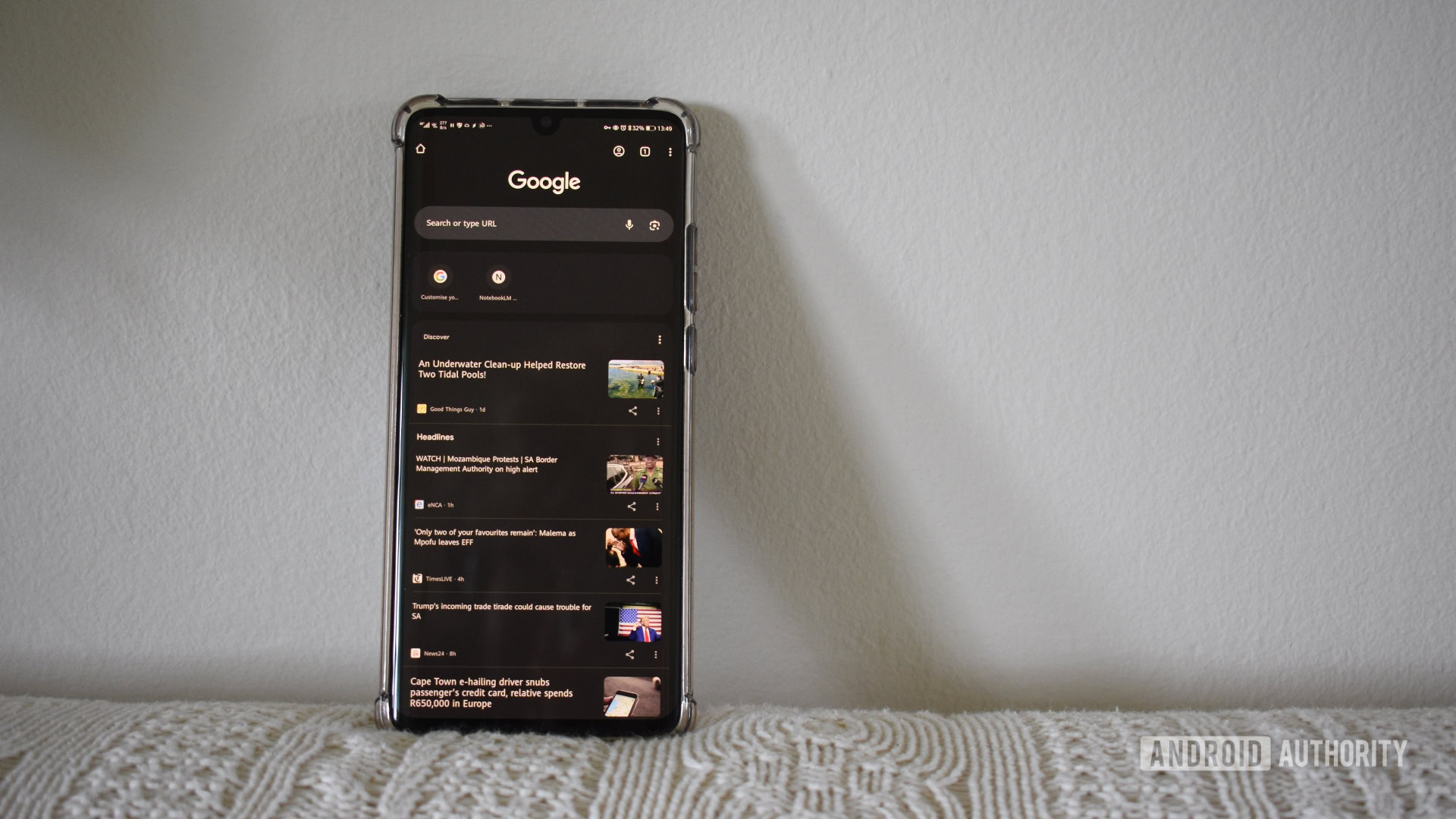Edgar Cervantes / Android Authority
While I’ve used T-Mobile-based prepaid brands in the past, I’ve generally favored AT&T or Verizon-based networks, since the area where I live has historically had poor T-Mobile performance. Recently, I learned that T-Mobile’s service had improved locally, so I decided to test it out for myself. One of the first options I picked up was Metro by T-Mobile, mainly because I’d never really had any firsthand experience with it.
Previously, my impression of Metro was that it was a lot like Total and Cricket, only somewhat worse. After all, Total and Cricket are similarly priced, and yet they at least offer higher-priority data on their more expensive plans. I’ve now come to realize that much of my earlier impression had more to do with T-Mobile’s performance in my area than with any real failing on Metro’s part. Simply put, I was wrong about Metro by T-Mobile.
For those that have used it, what do you think of Metro by T-Mobile?
0 votes
With improved performance in my area, I can now see the appeal

Edgar Cervantes / Android Authority
I’ll admit, Metro always confused me. On paper, it seemed very similar to other premium prepaid brands like Verizon’s Total Wireless or AT&T’s Cricket Wireless. All three offer in-store support, phone promos, and other perks that feel more like what you’d get from a postpaid carrier than a typical prepaid one. The only real drawback was that Metro offered the same lower-priority data access across all its plans, while the others had premium tiers with higher priority.
Don’t want to miss the best from Android Authority?


I used to consider low priority a bad word, and I typically avoided prepaid options that didn’t offer higher-priority data, such as Metro by T-Mobile. After all, lower priority basically means “guaranteed snail speeds,” right? There’s some truth to that, but as I’ve learned, regional differences can really complicate things.
As someone who has used nearly every major prepaid carrier that runs on AT&T and Verizon’s networks, I thought I had a good handle on what low priority looked like in my area for those networks. Most of the time, a lower-priority plan on either Verizon or AT&T would be usable, but speeds would hover around 5–10 Mbps during peak times but would often reach 50–100 Mbps outside of peaks.
In contrast, T-Mobile’s lower-priority networks performed poorly where I lived, with speeds often in the 1–3 Mbps range during peak hours and rarely much higher than 8–12 Mbps at other times. As a result, I tended to avoid T-Mobile-based prepaid services for well over half a decade.
Low priority doesn’t have to mean poor performance. It’s all about the congestion in your region.
It’s amazing what a difference a few years can make. Over the past few weeks of testing T-Mobile’s network on Metro, I’ve regularly hit speeds around 15–25 Mbps on lower priority even during the peaks, which is often better than what I’d get from low-priority prepaid brands on Verizon or AT&T. During less congested times, I’ve even seen speeds comparable to or better than those networks’ postpaid speeds.
This had me curious, so when a friend with T-Mobile postpaid service visited recently, we ran some tests. Performance in my area easily matched, and sometimes exceeded, my high-end Verizon postpaid plan. My general conclusion is that while areas with weaker T-Mobile coverage still perform poorly regardless of priority, T-Mobile’s prioritization seems less heavy-handed than AT&T’s or Verizon’s in regions with good coverage. From what I’ve read, this seems true in large parts of the United States.
In other words, lower-priority Verizon and AT&T plans often underperform compared to T-Mobile’s lower-priority options if you live in an area with strong T-Mobile coverage. Meanwhile, higher-priority access plans across all three networks tend to perform similarly in well-covered regions. This helps explain why T-Mobile is less generous with prioritization and reserves its best tier for its postpaid services and Google Fi, because its lower tier already performs well in many areas.
As my experience shows, it’s all about the infrastructure where you live. I also happen to have very strong Verizon coverage, yet I still found that the Metro $25 BYOD plan performed better during peak hours, and often even outside of peaks, than Visible Basic.
For those with solid T-Mobile lower-priority coverage, Metro easily matches the other big premium prepaid brands

Edgar Cervantes / Android Authority
If you live in an area with advanced and uncongested T-Mobile infrastructure, Metro by T-Mobile easily matches Cricket and Total in nearly every respect, including pricing.
Metro’s standard unlimited plans range from $40 to $60 per month, but multi-line discounts can drop that to as low as $25 per month. There’s also a BYOD (Bring Your Own Device) option that offers unlimited service for just $25 a month if you bring your own phone or buy an unlocked model.
Total ranges from $40 to $60 per month, while Cricket runs from $35 to $55 per month. Both offer multi-line discounts that can bring costs down to about $25 per line. Cricket even has a $25 per month unlimited plan for single users, though it requires prepaying for 12 months.
Beyond pricing, all three brands offer basic international calling and roaming perks, hotspot access, and streaming extras on select plans. Metro partners with Amazon Prime, Total includes Disney Plus on some plans, and Cricket bundles HBO Max with one of its higher-tier options. You’ll also find in-store support for all three, though Metro and Cricket have a broader retail footprint than Total. It’s worth noting that all three rely on third-party retailers, so service quality can vary widely by location.
If you’re wondering how Metro stands out, there are a few things. You can connect tablets and smartwatches for just $5 a month, and Metro includes access to T-Mobile Tuesdays. While those promotions aren’t as exciting as they once were, they still occasionally offer solid deals such as free gifts or sports streaming packages.
Ultimately, I wouldn’t say Metro by T-Mobile is superior to Total or Cricket across the board, but if you live in an area with strong T-Mobile coverage, it’s easily on par with them, even if its lower-priority status makes it look weaker on paper. Going forward, would I consider Metro or another T-Mobile brand over my current preferences? I still think Visible offers the best value in prepaid, but this experience has definitely changed my perspective. It’s clear that brand reputation doesn’t always match regional reality, and network testing is more important than ever these days. Mobile networks evolve fast, and what was true a few years ago might not be true where you live today.
Thank you for being part of our community. Read our Comment Policy before posting.








